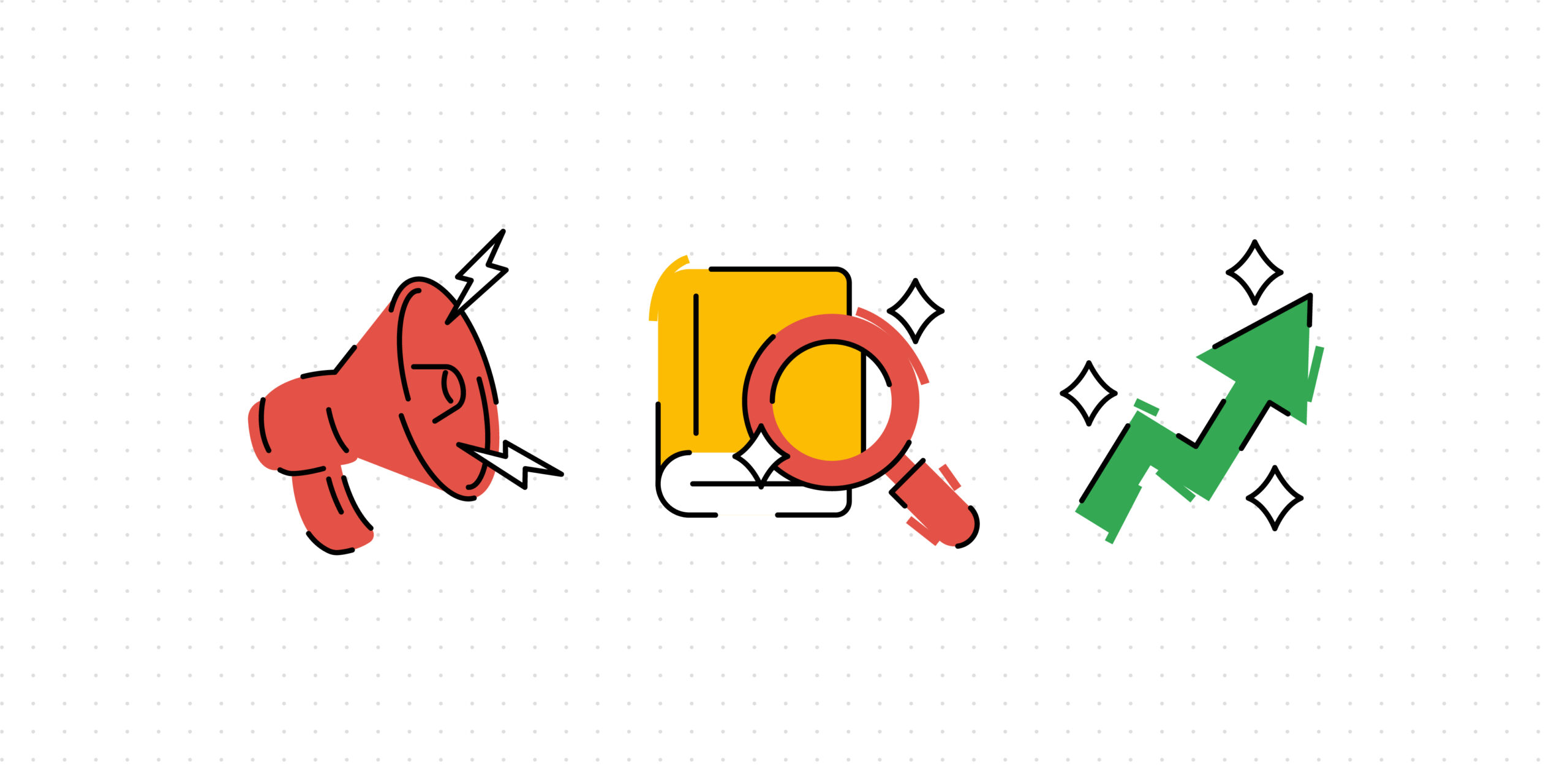We’re now in the age of social media and instant messaging, and a significant portion of our communication happens online. While text-based interactions lack the richness of face-to-face communication, nonverbal cues still play a crucial role in conveying meaning. Understanding these digital body language cues can help us better interpret online interactions, build stronger relationships, and navigate the complexities of the digital world.
Unlike face-to-face interactions where we rely on facial expressions, posture, and gestures, online communication primarily utilizes text and emojis. However, everything is digital and it offers its own set of nonverbal cues that can be just as informative:
- Typing Style:
The way we type can reveal a lot about our emotional state. Rapid-fire typing with excessive punctuation marks could indicate excitement or frustration, while slow, deliberate typing might suggest careful consideration or boredom.
- Emoji Usage:
Emojis are a digital shorthand for emotions. The frequency and type of emojis used can provide insight into the sender’s mood and tone. A string of laughing emojis might convey amusement, while a single question mark emoji could express confusion.
- Capitalization and Exclamation Points:
Excessive use of capitalization and exclamation points can come across as shouting or overly enthusiastic, while all lowercase letters might seem passive or unenthusiastic.
- Response Time:
The time it takes someone to respond to a message can be interpreted as a sign of interest or indifference. A prompt reply might indicate an eagerness to engage, while a delayed response could suggest someone is busy or uninterested.
- Use of GIFs and Memes:
Sharing GIFs and memes can be a way to add humor, express emotions, or connect with someone on a deeper level. The type of GIFs or memes chosen can reveal shared interests or cultural references.
It’s important to remember that online communication lacks context, and interpreting digital body language cues can be tricky. Here are some things to consider:
- Cultural Differences:
Emojis, for example, can have different meanings in different cultures. A thumbs-up emoji might be a sign of approval in one culture, while in another, it might be considered rude.
- Sarcasm and Humor:
Sarcasm can be easily misinterpreted online without the benefit of vocal inflections or facial expressions. Emojis like the winking face or the rolling eyes emoji can help convey sarcasm, but it’s not always foolproof.
- Individual Personalities:
Some people are naturally more expressive online, while others are more reserved. Consider the baseline communication style of the person you’re interacting with to get a better understanding of their digital body language.
Understanding digital body language isn’t just about interpreting messages; it’s about using these cues to build stronger online relationships:
Mirror their style. When responding to someone, consider mirroring their typing style (within reason) to create a sense of rapport. If they use exclamation points, you can do the same (to a reasonable extent) to show you’re engaged.
Use emojis strategically. Emojis can add personality and warmth to your communication. Use them strategically to convey your tone and emotions, but do not overuse them— that can come across as unprofessional.
Respond promptly. While there’s no need to be glued to your phone, making a reasonable effort to respond to messages in a timely manner shows respect and interest in the conversation.
Use GIFs and memes carefully. Sharing GIFs and memes can be a great way to connect, but ensure they are relevant to the conversation and culturally appropriate.
While text remains the foundation, digital communication offers a wider body language toolbox. Video conferencing allows us to interpret facial expressions, posture, and nods, enriching our understanding. Even online environments provide insights into personality and communication styles through collaboration, competitive behavior, and self-expression in a virtual world.
As technology continues to evolve, so too will the ways we communicate online. Understanding digital body language equips us to adapt to this ever-changing field effectively. Be mindful of both our own digital cues and those of others, so that we can build stronger online relationships, foster better collaboration, and ensure our online interactions are clear, effective, and meaningful.
Developing a strong understanding of digital body language can help you experience the full potential of online communication.
Take note: communication is a two-way street, so while you’re deciphering online cues, be mindful of the digital body language you’re projecting yourself.
With a little effort and these tips in mind, you can navigate the digital world with confidence, build meaningful connections and create strong relationships online. So, the next time you send a message, fire off an email, or hop on a video call, take a moment to consider the digital body language you’re using. A small shift in your online communication style can have a big impact on how you’re perceived and how effectively you connect with others in the digital world.



